Today the most visible and indeed picturesque section of the Barrington collection lines the walls on the first floor of the Natural History Museum in Dublin. It sits demurely, modestly, not vying for attention, just behind the African buffalo, Peruvian sloth, a modest, almost calming backdrop to all the bears and lions. In their neat simple white cases, with its beautiful, soft blue background, they form a contrast to these much larger, more exciting and exotic beasts, in their huge cabinets of rich, warm browns, of mahogany and oak.
This is by far the most important collection of its type in the country, it includes nearly every bird species known in Ireland. As you can see in pictures below, it contains land birds, lake and river birds and those of the sea. It was all donated to the museum by bequest of RM Barrington.
Note the found location of this little chap. Then read on. Theres “a bit” of a story here.
You can tell at a glance this was a man deeply interested, if indeed, not obsessed by birds and no doubt highly knowledgeable on his topic. But what may not be immediately apparent is the pioneering nature of his work, and the great project he is still remembered for by the science community today. Barrington vastly expanded the frontiers of knowledge in his chosen field. The main evidence of his genius is not even on show or at least on open display. Nonetheless, its story and his story are instructive. For this was a magnificent obsession.
Every day, every month and every year, millions of sea birds, in hundreds of different species, flap and fly, wheel, sail and soar around the coasts, beaches, cliffs and offshore islands of Ireland. Petrels and Shearwaters, Cormorants, Guillemots, Puffins, Herring gull, Terns, Albatross and Artic Skuas and the huge Great Black Backed Gull, and many, many dozens more.
Most are year-round residents. Just a few are here part of the year, and a smaller amount again are just passing through, as part of long migrations. In many resident seabird species, Gannets say, or some types of gulls, the numbers are vast. Many of the locations too, are rugged and inaccessible.
However, up until around the year 1897, partially as a result of that inaccessibility, this whole, vast movement of life, with its exact cast of characters, its complex, intersecting patterns, were essentially matters of ignorance. True, most if not all species had been named. But nobody knew their real numbers, nor the amount of breeding colonies, nor migration patterns for the migrants, nor every species and subspecies present or so on.
After 1897, all that had changed. From this date, the birdlife of coastal Ireland, in places remote and still in some senses quite a an underdeveloped country, nevertheless became possibly the best, most scrupulously researched, the best analyzed and documented data of its type anywhere in the world.
And the man responsible, more or less singlehandedly for this turnaround was our Richard Manliffe Barrington (1849-1915).
By profession he was a gentleman farmer and a land/estate valuer, hailing from near Bray, in County Wicklow.
After attending Trinity College, where he gained his MA, he started his career, mostly unpaid, in his real passion, as he surveyed the fauna of lakes all around Ireland, then that of several islands, including Tory Island and the Blaskets (off Co. Donegal and Co. Kerry respectively).
In 1896 he was one of the leaders of an expedition, under the auspices of the Royal Irish Academy, to another, far more remote island, Rockall. This barren place stands in the ferocious North Atlantic, far from the Northwest coast of Ireland, about half way to Iceland in fact. Another leader on the Rockall expedition incidentally, was the naturalist and historian Robert Lloyd Praeger, (author of that well-loved tome, The Way that I Went)
It must have been these island visits- and perhaps what he saw there- that gave Barrington the inspiration for what became his greatest contribution to Irish and international science. Many of the remotest tips of these islands, and some of the more remote islands themselves, possessed only one sole inhabitant. That man, as you may have already guessed, was the lighthouse keeper.
a reasonably remote lighthouse, especially in fierce weather, this one “maidens” is off the NW coast, photo courtesy Danny Kayaker.
The famous, or infamous Fastnet, off West Cork, scene of a notorious sailing disaster, during the famous race to which it lends its name. Prevviously home of one of Barringtons “collectors”. This brilliant photo courtesy of Peter Goulding, author of Pete’s Irish Lighthouse blog. (a great blog, well worth a visit)
Barrington by now leaned that a great many seabirds were killed as they encountered the sweep of those huge lights beaming out to sea. The birds were often blinded by, and smashed into, the towers or the glass itself. This small, daily carnage, Barrington reasoned, would give him the vital data and specimens of all seabirds of Ireland- on and off the coasts- a breath of data and samples near impossible to obtain any other way. The actual numbers dying are of course a microscopic proportion of the bird populations, but more than enough to give a sample. And if you look below, you’ll see that the distribution of light stations could almost been designed by a naturalist!
Today of course, somewhat sadly, most of the lighthouse and lightships are automated. Back then however nearly all were manned. So Barrington got to work. First he devised his methodology. Then he wrote to the keeper of every lighthouse and lightship in Ireland. In response, almost to a man- and to their ever-lasting credit- they readily agreed to help with his endeavor. He next sent them instructions on how to package specimens and samples, and how to record their notes. For samples, for most of the more common seabirds, a wing and a claw would suffice. If the lighthouse (or lightship) man could not identify the species, then the entire bird would be preserved until it could be collected. (Not always an easy task)
Now think of such a lighthouse man, in a tower or in some granite cabin at the base of that tower. Stuck alone, for months perhaps, on some impossible rock in the North Atlantic…
It is 1895 or 1898, or some year in between. The Dreyfuss Affair is sweeping and convulsing France, the English are fighting the Ashanti in Ghana. In distant Moscow, Alexandra III, emperor, Tsar of all the Russians, is succeeded by son Nicolas II. But our lighthouse man on his island knows or cares little of all this. His day’s work is done. He has had his supper too, bully beef or ham out of a tin, fresh fish perhaps, if he has been more enterprising and more fortunate. He sits at a battered old wooden table, in the light of a flickering gas lamp, with his ruddy, weather beaten face. He wears a filthy Aran Sweater, covered in engine oil, tea spills and flakes of loose tobacco. It is dark outside. The ocean wind howls , the rain smashes into the thick glass of the small window. But he barely notices these things anymore, this is his life, indeed it is the life he has chosen. Instead he takes a puff on his pipe, then sets it aside to prize open one of the special, larger envelope he has been sent, by this exotic sounding, erudite man, in far-off Dublin.
He’s already written up his notes as requested, on the simple, well-designed forms. He has separated the large, grey, black and white wing from the dead aviator, which lies on the stone floor nearby. He idly wonders what the huge gull would be like to eat, then dismisses the idea from his mind. Instead, he turns up the gaslight, so he can carefully, almost lovingly, ease the huge wing into the envelope. He closes it with equal care, then puts it on the side board. There it sits, with another 16 similar envelopes of different sizes. Some are regular-sized, others are huge, over a meter across. They are all waiting for collection on the next relief boat, which should come in just a week now, God willing, weather permitting.
This – more or less- is how Barrington’s great life’s work was realized. Of course the collection of the samples- the recording of sightings and the other light keeper notes – were just the beginning. It was Barrington himself who had to measure, count, assess and analyze this vast mountain of information. Can you imagine the initial silence, then the flood of observations and records began to roll in, all the specimens and samples? In their hundreds; then their thousands; then in their tens of thousands. In a Victorian study in Dublin, oak shelves lined with books and a tall clock clicking sedately, he prizes open each envelope, just as carefully as it had been done weeks earlier, on another world. Each is eagerly received, to be studied, collated, analyzed
wonder if ever, even once, he balked a little, or asked himself had he bitten more than he could chew? Probably not.
As data grows, conclusions are drawn, then maps are drawn, then more maps, variations and new subspecies noted, even named for the first time, breeding, nesting and migration patterns are established.
Part of the collection still stands behind the elephant and giraffe, the entire, intact specimens you see in the pictures above. But this is just a tiny fraction of the collection as a whole. The vast bulk is partial samples, of wings and claws. These are out of sight, neatly stashed in hundreds of cabinets: mostly unseen, largely even unknown of. All those thousands upon thousands of wings and legs and claws, so diligently collected, so long ago, by all the lighthouse men.
And that my friends, is how and why we know so much today, about the seabirds of Ireland.
The End.

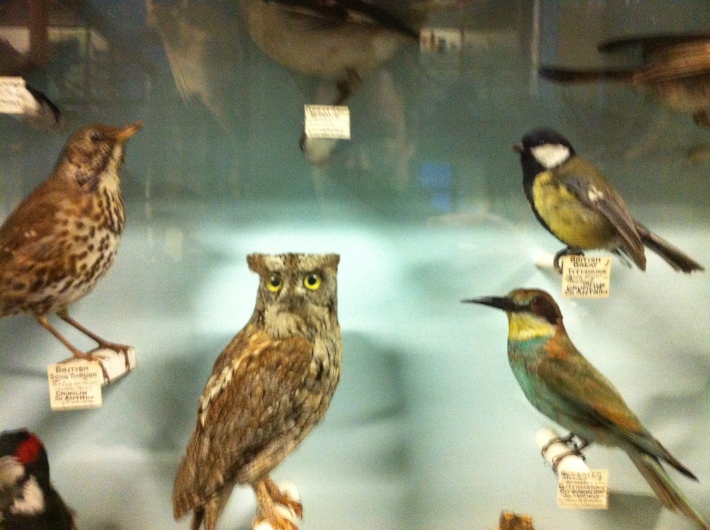
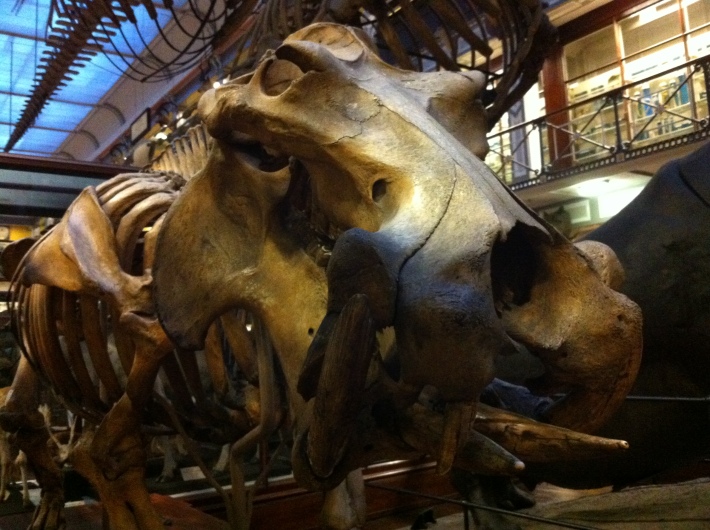
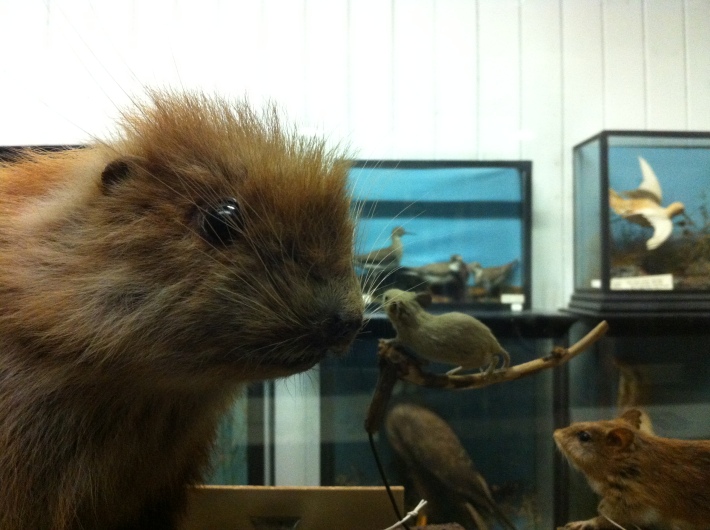

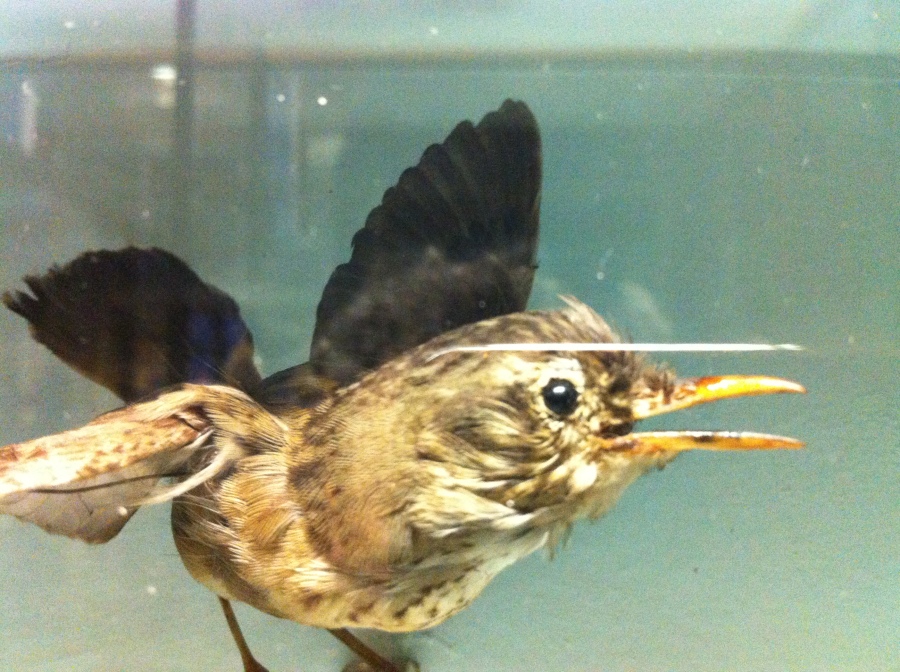




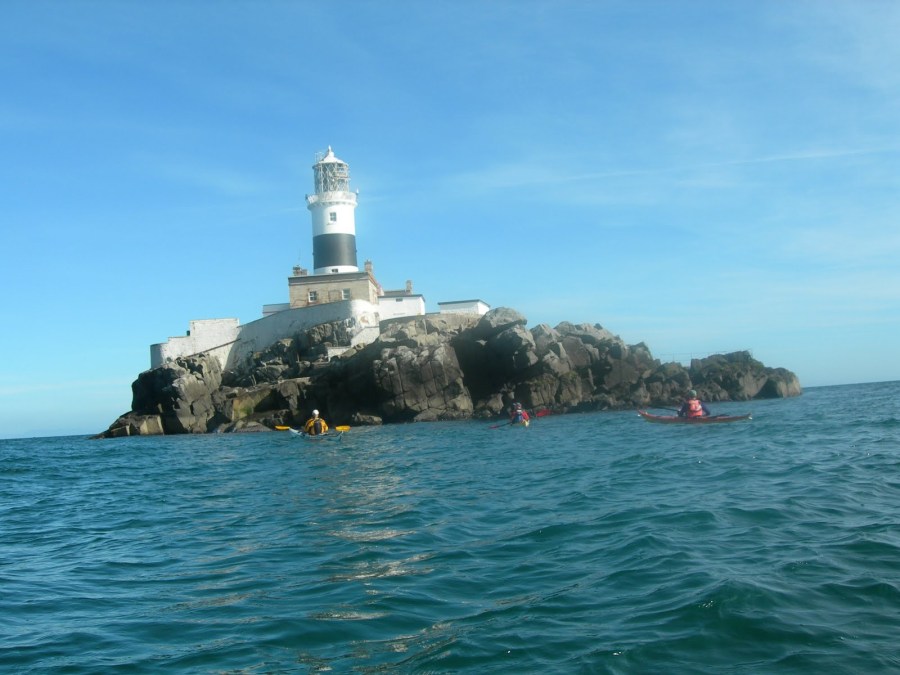



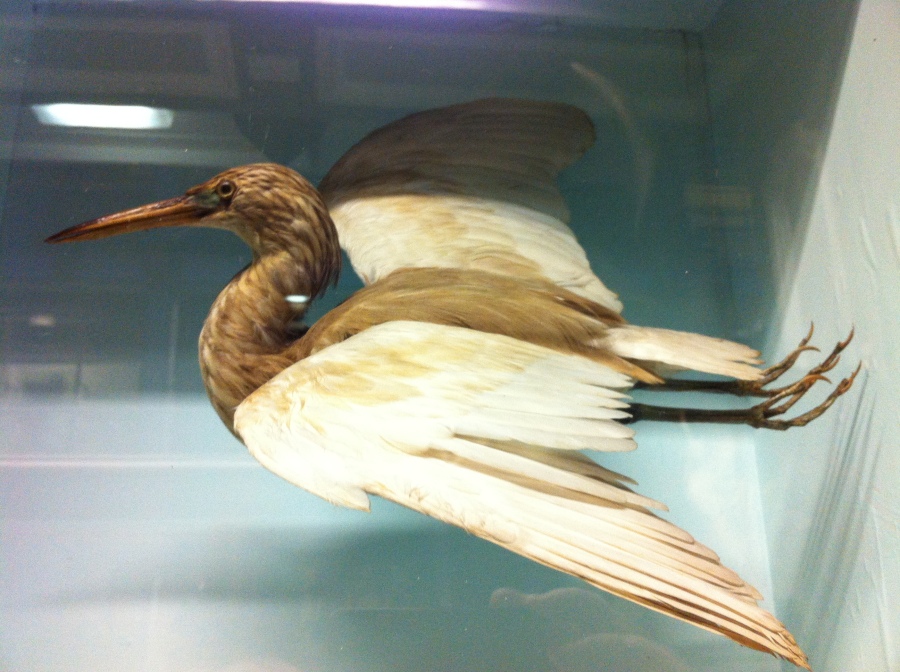
Wow. WOW! Blasted interesting!!
LikeLike
Thank you!! very nice to get that seal of approval. 🙂
LikeLike
Thank you! Very interesting indeed. Good presentation!
Enjoy your weekend.
Love Dina
LikeLike
absolutely delighted you enjoyed it Dina, I was really gripped by this litte tale.
LikeLike
Fascinating tale told brilliantly, Arran. We owe so much to men such as these. The pioneering work, research, invention and philanthropy carried on by men of this class in the Victorian era just wouldn’t happen today. The multi-nationals, run on the basis of pure greed, have replaced all that and there is no room for this sort of thing anymore. It is very sad.
Those that were priveledged back then felt the need to put something back, frequently devoting their lives to all sorts of worthy endeavours such as these. Even the banks were philanthropic.. Enough said.
LikeLike
I think we have established that both you and I are cautious fans of the muscular and scholarly Victorian mindset, with all the usual caveats of yours! 🙂 Chuffed to bits that you enjoyed it. I loved writing & researching it.
LikeLike
This is really interesting. I haven’t been to Ireland but have been recently checking into visiting. This museum looks like a good place to visit. I love hearing the stories behind natural history collections. Here’s a post I wrote about a natural history museum in my area. http://catherinesherman.wordpress.com/2008/07/12/dyche-museum-of-natural-history-at-the-university-of-kansas/
Thanks for stopping by my blog and commenting on my rhino post. I just can’t get over what a terrible situation it is and with no real solution in sight.
LikeLike
hey Catherine, thanks for your visit and appreciation, and thanks also for the link to your piece on the Nat Hist museum at KU, just read it and really enjoyed your observations and the great style of writing, the place sounds wonderful. (I’m especially intrigued by the notion of the worlds largest dirama.) Like yourself I post on everything from history (Irish & international) to art history (ditto) to nature to travel. So come by again, be great to see you any time.
LikeLike
This post reminded me of the Stephen’s Island wren, off the coast of New Zealand, said to have been discovered and made extinct by the Lighthouse keeper’s cat.
LikeLike
That’s really sad Murray. Yes I believe cats and rats have done a lot of the damage over the years on islands all over the globe, almost as much as the humans who imported them. Poor wren. If island animals are not used to predators, they don’t stand a chance.
LikeLike
Particularly in this case. I forgot to mention it was flightless. It probably escaped to the island during the last ice age and then the rat the Maoris brought with them wiped out its relatives on the mainland.
LikeLike
that just makes it even sadder. I wonder if that lighthouse keeper’s cat is a unique example of a single, individual animal, singlehandedly wiping out an entire species?
LikeLike
Thank you for that information. I was interested in finding out more information about my relative, this sufficed.
Cheers,
Matthew E. Barrington.
LikeLike
Okay Matthew, interesting to hear from a relative. Anyway, glad you enjoyed. He was a remarkable man in my view. You should be proud.
LikeLike
[…] if ypu want something special, see my little tale of how one of the quieter highlights of the Natural History Museum Dublin, the wonderful Barrington Bird Collection, was researched & […]
LikeLike
[…] want something special, see instead my little tale of how one of the quieter highlights of the Natural History Museum Dublin, the wonderful Barrington Bird Collection, was researched & assembled by the 19th century Irish Naturalist, JM […]
LikeLike
Thank you. Here in Dublin from Seattle, Washington, USA, I visited the museum yesterday and was especially interested in birds and the Barrington collection. I didn’t see much information about Barrington in the signage and wanted to know more. A Google search led me here.
LikeLike
Hi Sherry, welcome to Ireland and to Dublin. Very pleased you enjoyed the Nat History museum, it is one of my favourite places in Dublin. The Barrington collection is a quieter, but very interesting part of the museum as a whole, and like you, I find it fascinating. Delighted you found my little blog too, and thank you very much for taking the time to write an tell me, I really appreciate that. I’m doing a little tour of Georgian Dublin on the afternoon of this Tuesday 10th September, starting at about 2.35pm, for very a tiny group, but I don’t think they’d mind you joining us if you wanted to. Cost would be about €25, which is more expensive than the norm, but you might enjoy it. Let me know if you’re interested. Arran.
LikeLike
Great suggestion but other plans prevent. Is tour season mostly over? Anything happening Wednesday? Sherry
http://sherryrind.blogspot.com Date: Sun, 8 Sep 2013 16:13:58 +0000 To: airebird@hotmail.com
LikeLike
Hi Sherry, I’m afraid I don’t have any tours planned for Wednesday. I only run a handful each month. It isn’t so much that tour season is finished, not for me anyhow, I operate year round, it’s more that I only run occasional scheduled tours; most are specially put together for pre-booked people (or groups) who get in touch through the blog. But many thanks for your query and your nice reply. Have a super time in Dublin. It sounds like you are already going to many of the best spots (like the Nat Hist Museum) but you may find my Arran’s Top 10 post useful. Either way, have a super time. Very best regards- Arran.
LikeLike
[…] owl is from the Barrington collection, a sub-section of the museums collection donated by a man of that name in the early 20th century, a […]
LikeLike
[…] The Natural History Museum, (on Merrion Square) was established in 1856, It’s often called “the dead zoo” by Dubliners, and is a 19th century collection of plant; bird; fish and animal specimens, housed in a lovely old Victorian museum. The ground floor holds specimens of Irish wildlife, while upstairs there are animals from around the world, including African lions and rhino, Indian tigers and elephants; bears from Canada and South America and even the huge skeleton of great blue whale, the biggest animal in the world. The collection has barely changed in the last 170 years, which has led many people to observe, this is “a museum which should be in a museum”. If you’d like to see an article about the Bird collection of the museum, by our teacher Arran, just click here here. […]
LikeLike
[…] of the 20th century by naturalist RM Barrington. He came up with the brilliant idea of recruiting lighthouse keepers to assist the cause. Their notes, samples and contribution, and his half-lifetime of work, made a […]
LikeLike
[…] The Natural History Museum, (on Merrion Square) was established in 1856, It’s often called “the dead zoo” by Dubliners, and is a 19th century collection of plant; bird; fish and animal specimens, housed in a lovely old Victorian museum. The ground floor holds specimens of Irish wildlife, while upstairs there are animals from around the world, including African lions and rhino, Indian tigers and elephants; bears from Canada and South America and even the huge skeleton of great blue whale, the biggest animal in the world. The collection has barely changed in the last 170 years, which has led many people to observe, this is “a museum which should be in a museum”. If you’d like to see an article about the Bird collection of the museum, by our teacher Arran, just click here here. […]
LikeLike